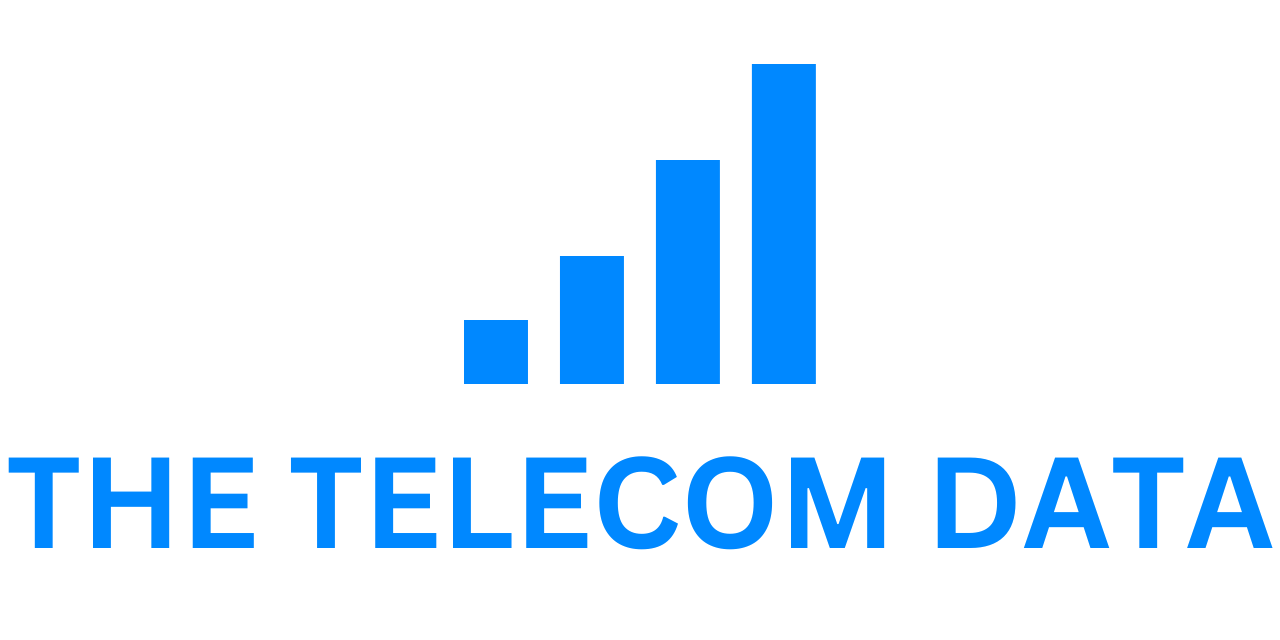Around 42 million rural Americans find themselves on the wrong side of the digital divide, lacking access to essential services like telehealth, online education, e-commerce, remote work opportunities, streaming entertainment, and more, which are readily available to their suburban and urban counterparts. Despite the availability of government funding and private investments aimed at bridging this gap, numerous business and technological hurdles persist, impeding the efforts of service providers to address the issue effectively.
One significant challenge stems from the low population densities typical of rural areas, making operational efficiency essential for ensuring the affordability and profitability of broadband services. However, service providers often struggle with an incomplete understanding of coverage gaps in their fiber, copper, or mobile networks, as well as a lack of insight into available network infrastructure owned by potential partners for interconnection. This limited visibility makes it challenging to identify precisely where new equipment should be deployed to serve the greatest number of customers and yield the highest return on investment (ROI).
A recent case study delves into potential solutions for rural service providers facing these obstacles, highlighting the effectiveness of iconectiv TruOps Common Language. This innovative approach combines authoritative data with industry-standard terminology to facilitate more informed network planning. For instance, rural providers can utilize Common Language CLLI Codes to swiftly ascertain the location and functionality of critical network infrastructure such as towers, poles, routers, and points of presence.
Armed with these insights, service providers can optimize network design, provisioning, and interconnection, thereby expanding access to high-quality broadband services for more rural homes, businesses, schools, and healthcare facilities. In doing so, Common Language empowers providers to maximize the impact of both private investments and government funding initiatives like the Broadband Equity, Access, and Deployment (BEAD) program, the Infrastructure Investment and Jobs Act (IIJA), and the USDA ReConnect program, which collectively amount to $42.45 billion.
Peter Ford, Executive Vice President of iconectiv, emphasized the significance of this development, stating, “When it comes to closing the rural digital divide, there’s a will, and now there’s a way.” He underscored the role of Common Language in equipping rural service providers with the authoritative data necessary to identify coverage gaps precisely and leverage existing infrastructure to address them efficiently. Such insights, Ford noted, are indispensable for rapidly and cost-effectively expanding access to affordable, high-quality broadband services across rural America.







